
Filter News
Area of Research
- Advanced Manufacturing (1)
- Biological Systems (1)
- Biology and Environment (26)
- Clean Energy (33)
- Climate and Environmental Systems (1)
- Computational Biology (1)
- Computer Science (1)
- Fusion and Fission (7)
- Fusion Energy (1)
- Isotopes (7)
- Materials (16)
- Materials for Computing (4)
- National Security (4)
- Neutron Science (12)
- Nuclear Science and Technology (3)
- Quantum information Science (2)
- Supercomputing (23)
News Type
News Topics
- 3-D Printing/Advanced Manufacturing (9)
- Advanced Reactors (2)
- Artificial Intelligence (8)
- Big Data (3)
- Bioenergy (13)
- Biology (14)
- Biomedical (8)
- Biotechnology (4)
- Buildings (2)
- Chemical Sciences (2)
- Clean Water (5)
- Climate Change (3)
- Computer Science (25)
- Coronavirus (2)
- Cybersecurity (1)
- Decarbonization (3)
- Energy Storage (8)
- Environment (29)
- Exascale Computing (3)
- Frontier (1)
- Fusion (1)
- Grid (2)
- High-Performance Computing (9)
- Isotopes (6)
- ITER (1)
- Machine Learning (1)
- Materials (4)
- Materials Science (7)
- Mercury (4)
- Microscopy (3)
- Nanotechnology (4)
- National Security (4)
- Neutron Science (10)
- Nuclear Energy (9)
- Physics (3)
- Polymers (1)
- Quantum Computing (1)
- Quantum Science (6)
- Security (2)
- Space Exploration (2)
- Summit (8)
- Sustainable Energy (8)
- Transportation (9)
Media Contacts

ORNL computer scientist Catherine Schuman returned to her alma mater, Harriman High School, to lead Hour of Code activities and talk to students about her job as a researcher.
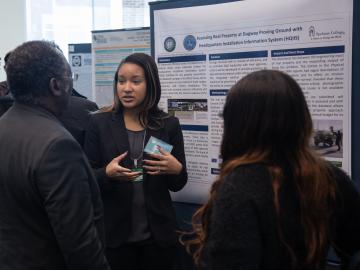
Oak Ridge National Laboratory hosted a collaboration workshop Nov. 19-20 with faculty and students from 14 historically black colleges and universities and Hispanic-serving institutions, including Spelman College in Atlanta, Howard University in Washington, D.C., and Florida International University in Miami.
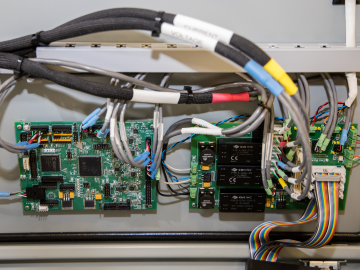
Researchers at Oak Ridge National Laboratory have developed an innovative control system for repurposed electric vehicle battery packs to store electricity
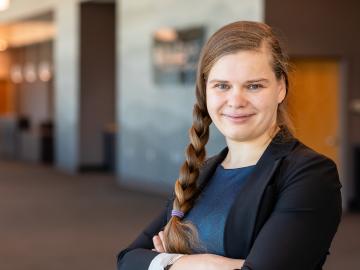
Friederike Bock, a Eugene P. Wigner Fellow, wants everyone to know scientists aren’t just robots—they want to help others understand their research, and they have wide-ranging interests.
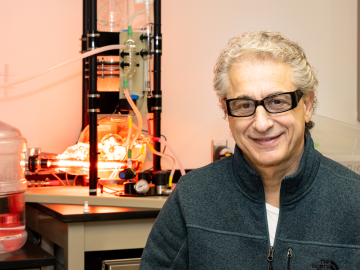
John Katsaras, a biophysicist specializing in neutron scattering and the study of biological membranes at the Department of Energy’s Oak Ridge National Laboratory, had a rather unusual birthday party last year.

Students often participate in internships and receive formal training in their chosen career fields during college, but some pursue professional development opportunities even earlier.

Electrons in atoms are pretty talented. They can form chemical bonds, get kicked out of the atom and even “jump” to different locations based on their energetic states.
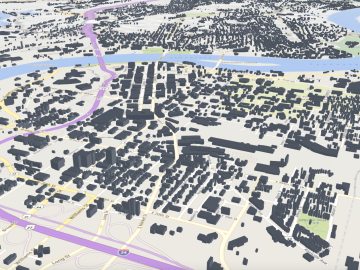
Buildings use 40 percent of America’s primary energy and 75 percent of its electricity, which can jump to 80 percent when a majority of the population is at home using heating or cooling systems and the seasons reach their extremes.
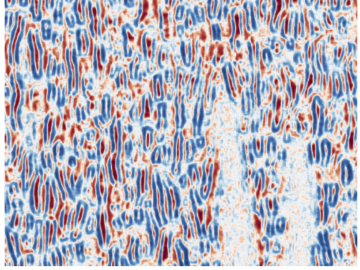
Beyond solids, liquids, gases, plasma, and other examples only accessible under extreme conditions, scientists are constantly searching for other states of matter.

Scientists at the U.S. Department of Energy’s Brookhaven National Laboratory have new experimental evidence and a predictive theory that solves a long-standing materials science mystery: why certain crystalline materials shrink when heated.


